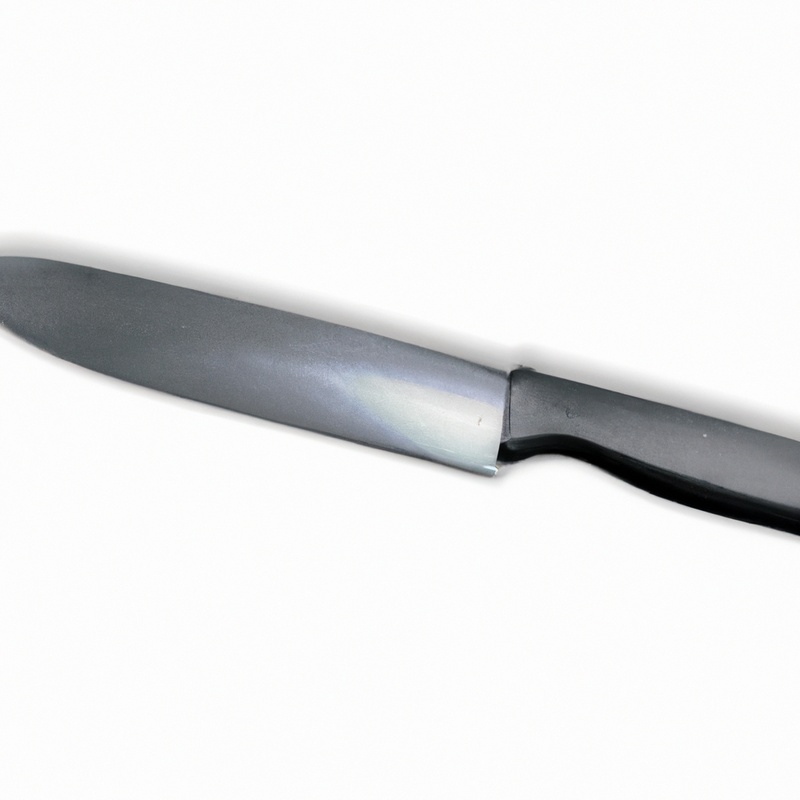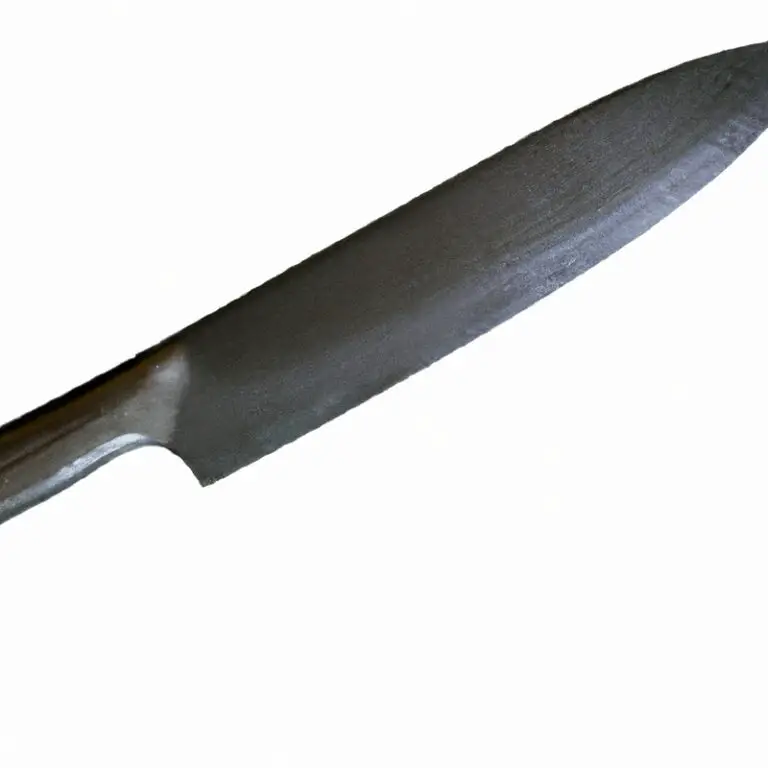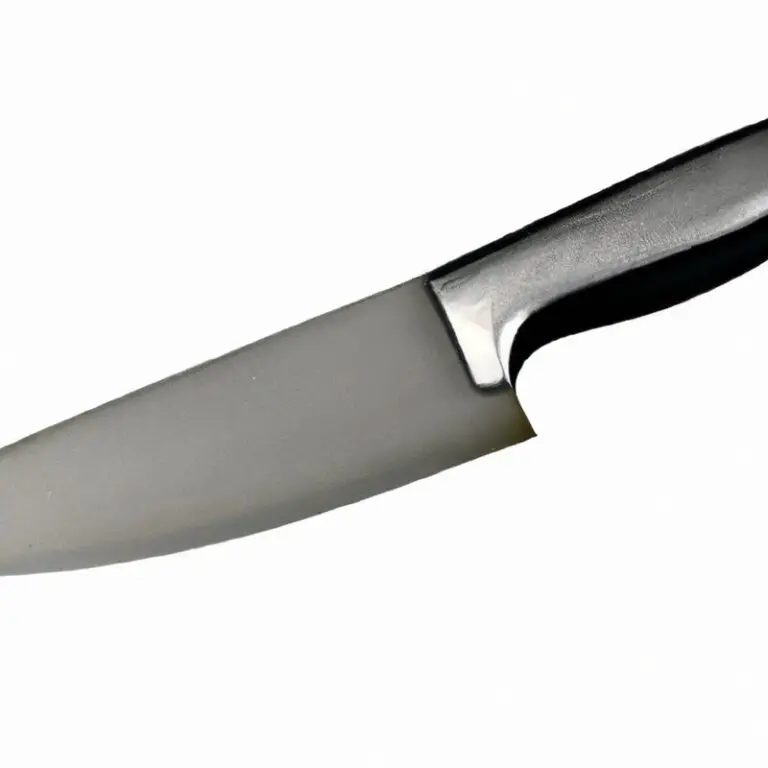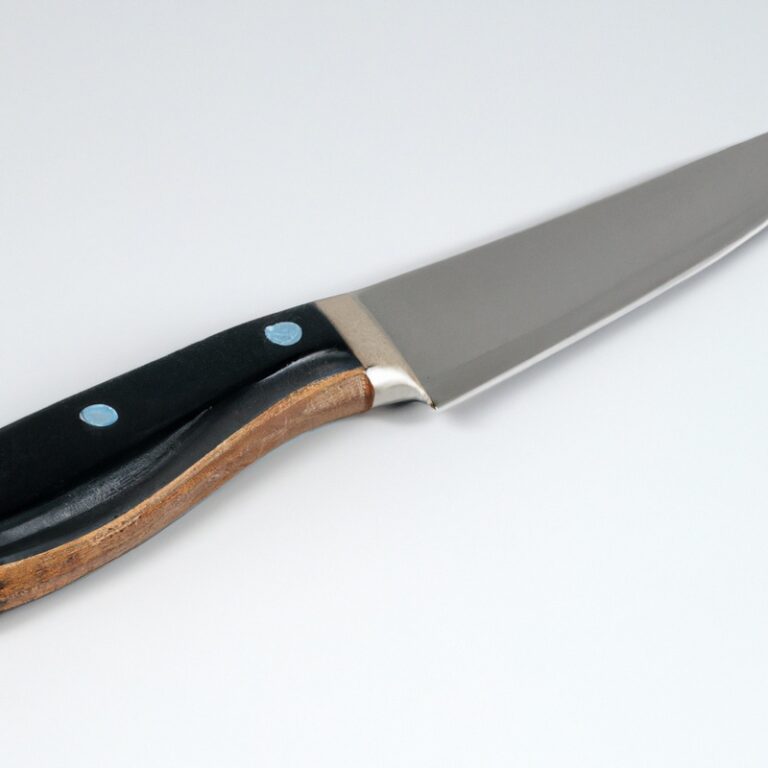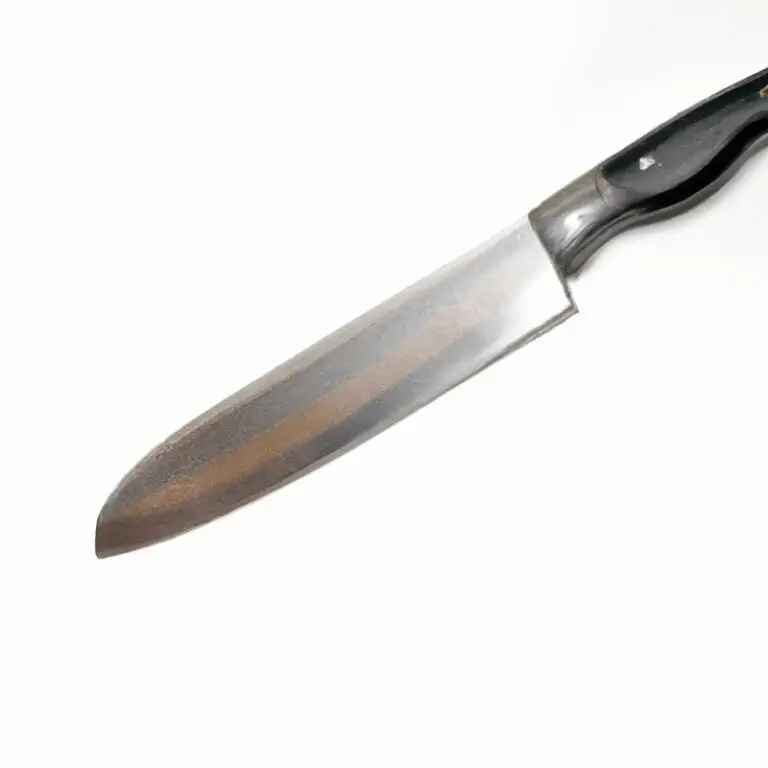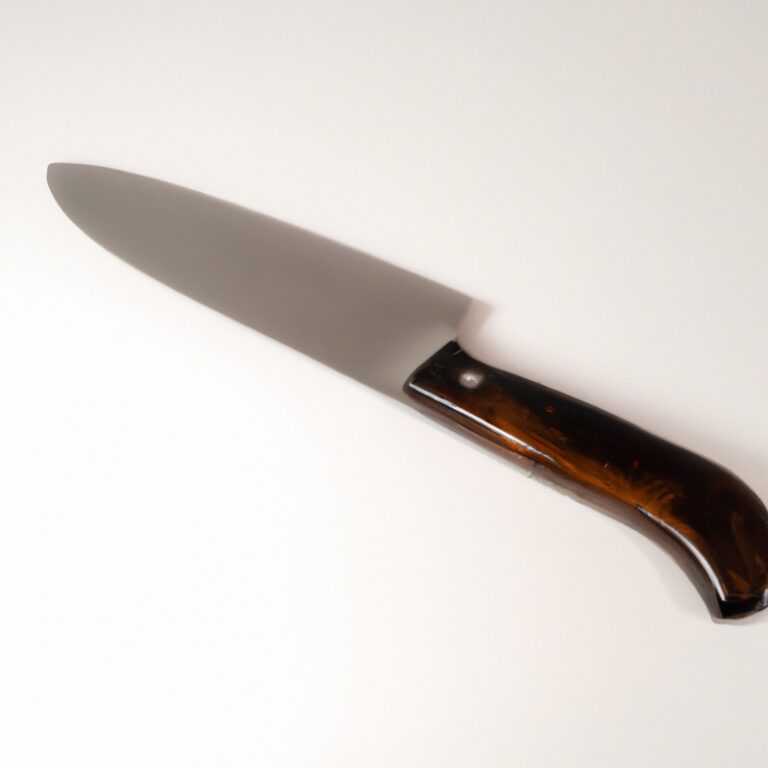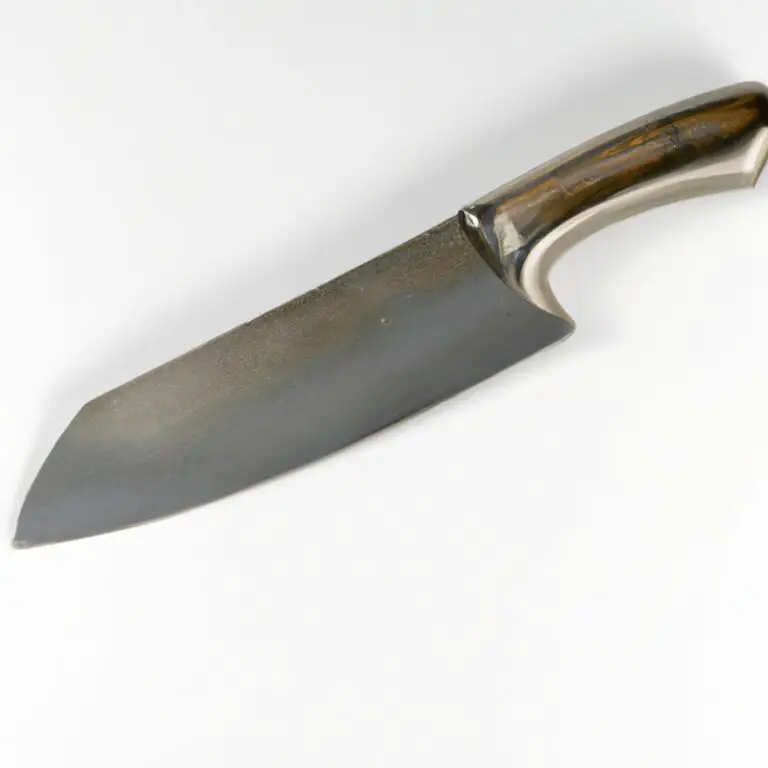How To Fillet a Black Crappie Using a Fillet Knife? Expert Tips
Key Takeaways:
- Start by making a cut at the base of the black crappie’s gills and continue along the spine using a sharp fillet knife.
- Use the tip of the fillet knife to carefully remove the bones, ensuring that the meat remains intact.
- To remove the skin, start at the tail and use a sawing motion with the fillet knife while firmly holding the skin with your other hand.
- Practice makes perfect – the more you fillet black crappie, the more efficient and proficient you will become with your fillet knife technique.
Have you ever caught a black crappie and wondered how to fillet it properly? Filleting a fish can seem daunting, but with the right tools and techniques, it can be a breeze.
In this article, I’ll guide you through the steps of filleting a black crappie using a fillet knife.
From preparing the fish to removing the rib bones and skin, I’ll cover everything you need to know to cut clean and even fillets. I’ll also share some tips for dealing with tough scales and bones and avoiding common mistakes while filleting.
So grab your fillet knife and let’s get started!
| Steps | Description |
| Step 1 | Prepare the fish by removing the scales with a scaler, ensuring that all scales are removed |
| Step 2 | Remove the head by placing the blade at the base of the skull and cutting through the spine |
| Step 3 | Find the backbone by running the blade along the top of the fish until you feel a slight bump, then cut through the ribs where the bump ends |
| Step 4 | Turn the blade towards the tail and run it along the backbone, cutting through the ribs as you go |
| Step 5 | Once the fillet has been completely separated from the bones, remove any remaining bones using pliers or tweezers |
Preparing the Fish for Filleting
To begin filleting a black crappie, preparing the fish properly is crucial. Start by rinsing the fish with cold water and removing any loose scales using a scale scraper or the back of a knife.
Then, make a cut behind the gills and down to the spine.
Turn the fish over and repeat the cut on the other side. Next, remove the head and tail by making a cut through the bone with a sharp knife.
To remove the internal organs, make a cut along the belly from the anus to the head.
Use your finger or a spoon to remove the organs and rinse the cavity thoroughly with cold water. Before filleting, ensure that the fish is properly chilled or kept on ice to prevent the flesh from becoming mushy.
By properly preparing the black crappie, you can begin filleting with ease and ensure that the fillets you produce are fresh and delicious.
Choosing the Right Fillet Knife
The right fillet knife is critical for a successful fishing trip. When selecting a fillet knife, you should consider the blade length, flexibility, and material.
The blade should be long enough to handle the size of the fish you intend to fillet.
It is recommended to choose a blade that is at least six inches long for black crappie filleting. The knife’s flexibility is also important, as it allows you to easily maneuver around bones and scales.
For crappie filleting, a medium flex knife is recommended.
Finally, the blade material should be stainless steel or a high-carbon alloy, as they are durable and easy to sharpen. When choosing a handle, ensure it provides a comfortable and secure grip.
A slip-resistant handle is ideal for optimum control and should feel comfortable in your hand to make filleting a smooth experience.
It’s crucial to pick a quality fillet knife that feels comfortable to use and fits your budget. A good quality fillet knife will ensure that you can fillet your black crappie to the best of your ability for an enjoyable fish cooking experience.
Step-by-Step Guide for Filleting a Black Crappie
Step-by-Step Guide for Filleting a Black Crappie
- Lay the black crappie on a clean cutting board or flat surface.
- Make an incision behind the gills and cut down towards the backbone.
- Turn the knife and cut along the backbone until you reach the tail.
- Cut through the skin to separate the fillet from the bone.
- Flip the fish and repeat the same process on the other side.
- Remove any remaining rib bones with pliers or tweezers.
- Scale the fish and remove the tough skin.
- Rinse the fillets with cold water and pat them dry.
- Cut the fillets into desired portions and refrigerate until ready to cook.
Remember to always use a sharp fillet knife and maintain proper safety precautions while handling and filleting the fish.
Removing the Rib Bones and Skin
Removing the rib bones and skin from a black crappie is an important step to achieve clean and boneless fillets. To do this, start by positioning the fillet with the skin side down on the cutting board.
Next, use the tip of the fillet knife to gently cut along the rib bones, starting from the tail and moving towards the head.
Be careful not to cut through the bones and remove as much meat as possible. Once you have removed the rib bones, grab the fillet near the tail and cut the skin off by sliding the knife between the skin and the meat at a 45-degree angle.
Use a paper towel to get a better grip on the skin and discard it.
Repeat the same process for the other side of the fish. It’s important to keep the knife parallel to the cutting board while removing the rib bones and skin to avoid wasting any meat.
One tip to make this process easier is to place the crappie in the freezer for 10-15 minutes before filleting.
This will firm up the flesh and make it easier to handle. By properly removing the rib bones and skin, you’ll have a clean and delicious crappie fillet ready for cooking.
Tips for Cutting Clean and Even Fillets
Tips for Cutting Clean and Even Fillets:
- Take your time: Rushing can cause uneven cuts, damaged meat, and bones in the fillet.
- Always start with a sharp knife: A dull knife will tear the meat and make it harder to get clean cuts.
- Cut at a slight angle: Cutting at a slight angle will help keep the knife against the bones and produce smooth cuts.
- Remove the bloodline: The bloodline can be bitter and make the meat taste unpleasant. Removing it will result in a better-tasting fillet.
- Cut against the grain: Cutting against the grain will produce more tender and flavorful fillets.
- Practice makes perfect: The more you practice, the better you will become at filleting fish, resulting in cleaner and more even fillets.
Dealing with Tough Scales and Bones
Dealing with tough scales and bones can be a challenge while filleting a black crappie. To remove scales, use a scaler or the back of a knife and scrape from the tail towards the head to avoid removing too much meat.
When it comes to bones, first, locate the rib bones and make a cut on either side of them, keeping the blade angled towards the rib cage.
Then, use the tip of the knife to follow along the bones and free the fillet from the skeleton. Use caution when removing the bones as they can be delicate and easily broken.
Proper Storage and Cooking of Crappie Fillets
Proper storage and cooking of crappie fillets are crucial to maintain their quality and avoid foodborne illnesses. After filleting, rinse the fillets under cold water and pat dry with paper towels.
To store, place the fillets in an airtight container or wrap them tightly in plastic wrap or aluminum foil and store in the refrigerator for up to two days.
Alternatively, freeze the fillets in freezer-safe bags for up to six months. When it comes to cooking crappie fillets, they are versatile and can be cooked using various methods, including baking, grilling, frying, and broiling.
Before cooking, season the fillets with salt and pepper or a marinade of your choice.
To ensure thorough cooking, cook the fillets to an internal temperature of 145°F. Overcooking can result in dry and rubbery fillets.
When it comes to serving, crappie fillets pair well with a variety of side dishes, including vegetables, rice, or potatoes.
Enjoy!
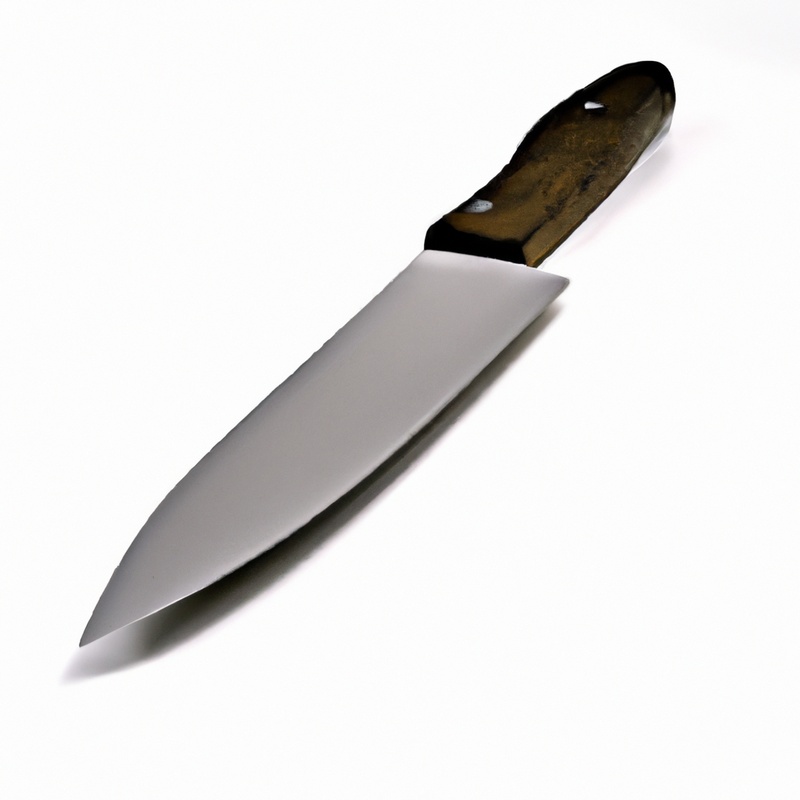
Common Mistakes to Avoid While Filleting Crappie
Common Mistakes to Avoid While Filleting Crappie:
- Incorrect positioning: The first mistake people make while filleting a crappie is not positioning the fish correctly. Make sure the head of the fish is towards your non-dominant hand and the tail towards your dominant hand to prevent slipping.
- Dull knife: Using a dull knife can make filleting difficult and increase the chances of accidents. Make sure to sharpen your fillet knife before starting.
- Rushing the process: Diligent and careful filleting is essential. Rushing the process can result in damaging the flesh, leaving bones, and wasting fish meat.
- Not removing all the bones: Removing only some of the rib bones while filleting can leave many small bones behind, ruining the taste and experience of the dish.
- Leaving the rib cage: Leaving the rib cage attached to the fillet can make the dish unappetizing and spoil the meal’s texture.
By avoiding these common mistakes, you can fillet fish seamlessly and bask in the glory of your delicious dish!
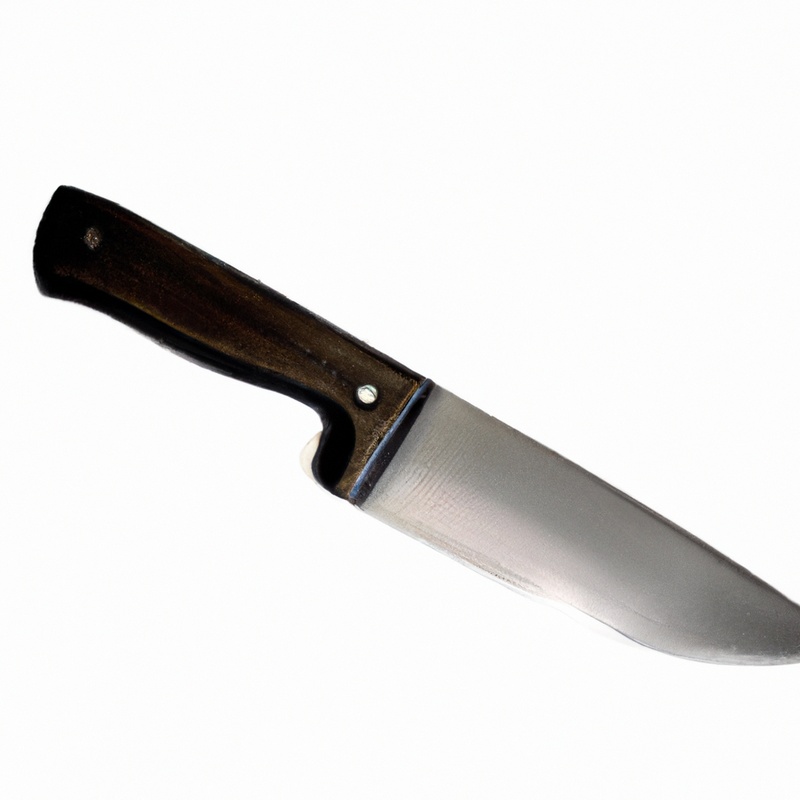
Cleaning and Maintaining Your Fillet Knife
Once you’ve successfully filleted a black crappie using your fillet knife, it’s crucial to clean and maintain your knife correctly to ensure its longevity and continued effectiveness. To clean your fillet knife, first, rinse it with warm water, making sure to remove any residue or debris.
Once you’ve rinsed it, you can use a mild dish soap to clean it further.
Make sure to rinse off any soap residue thoroughly and dry the blade with a clean towel. Maintaining your fillet knife is just as important as cleaning it.
Regularly sharpening your blade with a sharpening stone will keep it in excellent cutting condition.
When storing your fillet knife, make sure to keep it in a separate sheath or a safe location away from other knives or utensils. Avoid placing it in the dishwasher or storage with other knives, as this can damage the blade.
Proper care and maintenance of your fillet knife will ensure you have a functional and effective tool for filleting your catch for years to come.
Safety Precautions While Filleting Fish
While filleting fish, it is important to prioritize safety. Here are some practical tips to prevent injuries while filleting a black crappie:
- Use a sharp fillet knife to avoid applying additional pressure while filleting.
- Cut away from your body and keep your fingers away from the blade.
- Clean any spills or water from the cutting surface to prevent slipping.
- Do not rush and focus on each step, paying attention to your movements.
- Use a cutting board with a non-slip base.
- Wear cut-resistant gloves to protect your hands.
- Keep the fish and knife steady with a towel or clamp.
- Turn off distractions such as the TV or music to focus.
By taking the necessary precautions, you can have a safe and enjoyable experience while filleting a black crappie.
Final Verdict
Filleting a black crappie using a fillet knife can be an enjoyable and rewarding experience. With the proper tools, techniques, and safety precautions, you can successfully prepare delicious meals for yourself and others.
Remember to choose the right fillet knife, follow the step-by-step guide for filleting, remove the rib bones and skin, cut clean and even fillets, and properly store and cook the fillets.
Additionally, avoid common mistakes and regularly clean and maintain your fillet knife for maximum effectiveness. By following these tips, you can confidently and efficiently fillet a black crappie with ease.
Happy cooking!

